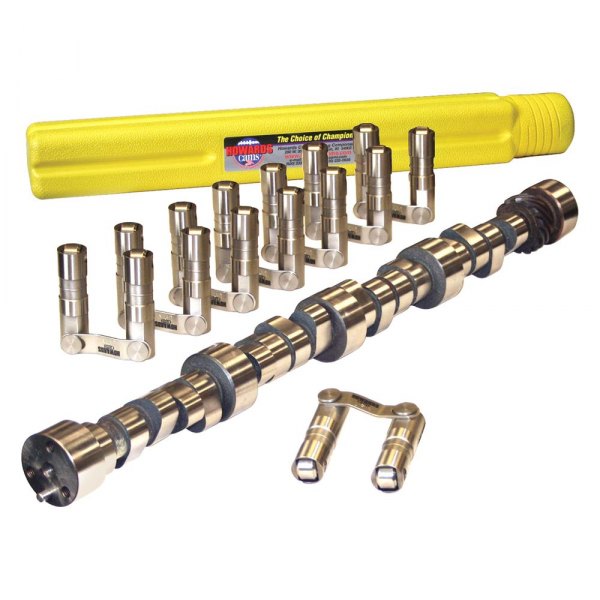
*** Drastic Needle Drop (Image/OnAllCylinders) The swing on the gauge is usually anywhere from 10 to 22 inches of mercury, depending on the speed of the engine. *** Fluctuation Under Acceleration (Image/OnAllCylinders)Ĭonversely, if the gauge’s needle swings back and forth as the engine accelerates, your valve springs are probably too week for your engine. How fast the needle vibrates is telling of how many valve guides may be worn. If the needle vibrates rapidly between 14 and 20 inches of mercury, but then steadies as rpm increases, you may be dealing with worn valve guides. *** Rapid Vibration at Idle (Image/OnAllCylinders) To confirm, you’ll need to perform a compression test. *** Steady Low-to-High Needle Swing (Image/OnAllCylinders)Ī regular swing between high and low readings often means a blown head gasket between two, side-by-side cylinders. An extremely low reading could also indicate an air leak at the intake manifold or throttle body. Common causes of steady low reading are blowby due to worn piston rings or possibly late ignition or valve timing.

This means the engine is producing less power and, therefore, less vacuum. The gauge above shows an extremely low reading, which holds fairly steady. *** Steady Low/Extremely Low (Image/OnAllCylinders) You can also expect the readings to be lower for more aggressive cams.

For every 1,000 feet above sea level, you can expect the reading to be about one inch lower. Higher elevations may cause slightly lower readings. Keep in mind, this reading is ideal for stock-cammed engines running at sea level. This a normal reading-between 17 and 22 inches of mercury. *** Normal Vacuum Gauge Reading (Image/OnAllCylinders) Below are some of the most common readings and diagnoses you’ll find: Once you’re engine is up to operating temperature, you can begin reading your vacuum gauge. Check to make sure all vacuum hoses are connected and not leaking. You can hook a tee-fitting into an existing vacuum source or pull a line, such as one that leads to your transmission. To get started you’ll need to hook your vacuum gauge to an intake manifold vacuum source.

We’ve seen this topic covered before, but it’s information worth repeating, keeping-and even bookmarking. We’ve put together this quick-guide to reading your vacuum gauge to help you identify potential mechanical or tuning issues more quickly. The key is understanding what your gauge is trying to tell you. A vacuum gauge is an invaluable resource for tracking down engine issues.


 0 kommentar(er)
0 kommentar(er)
